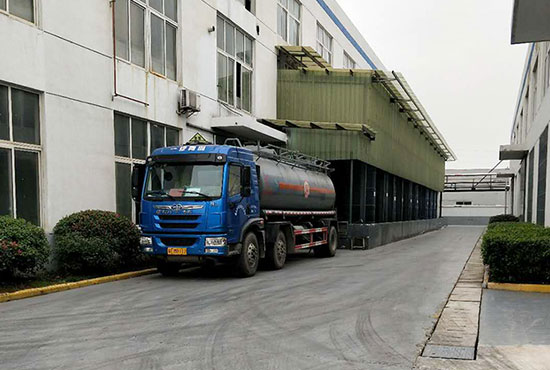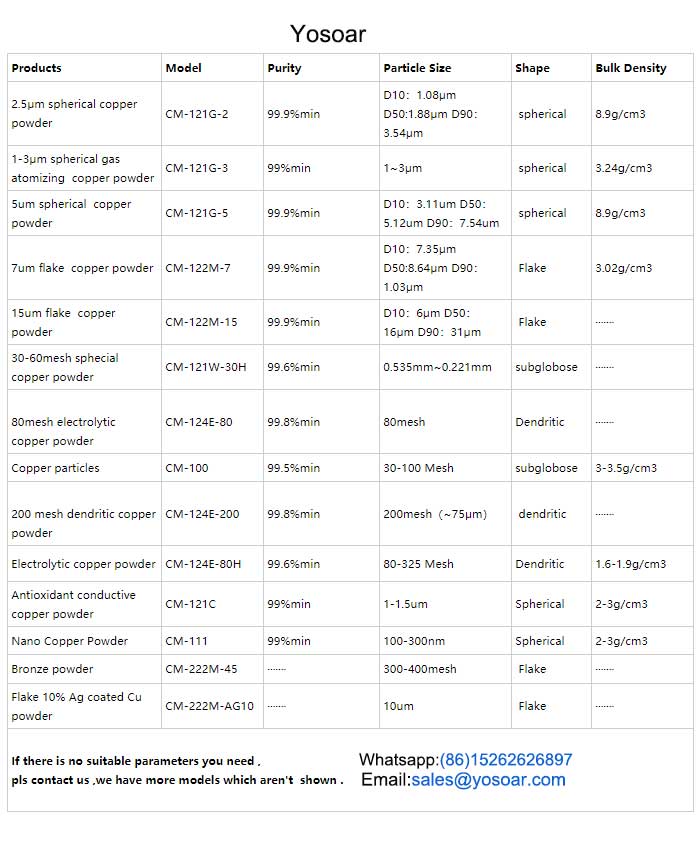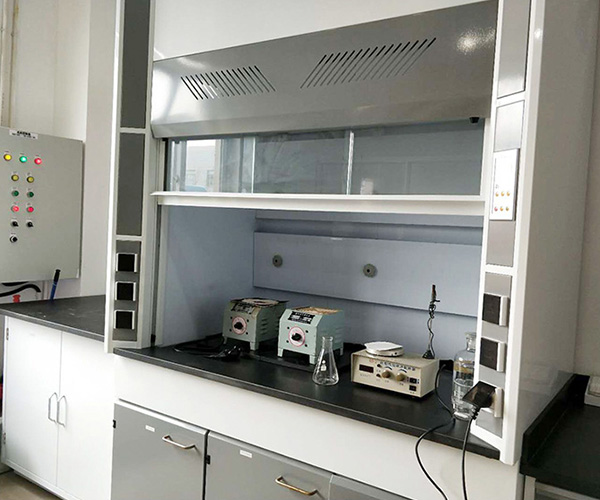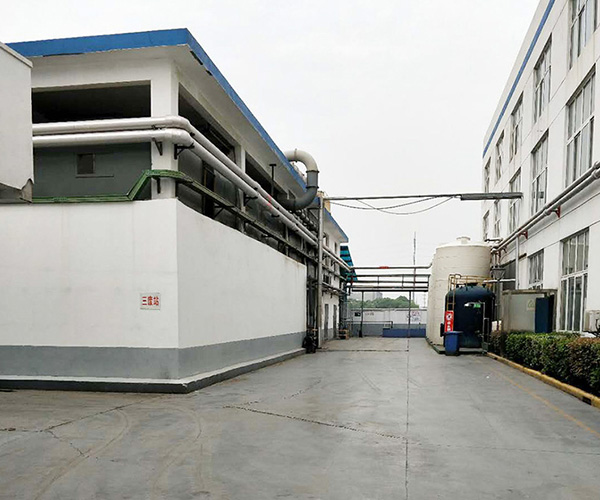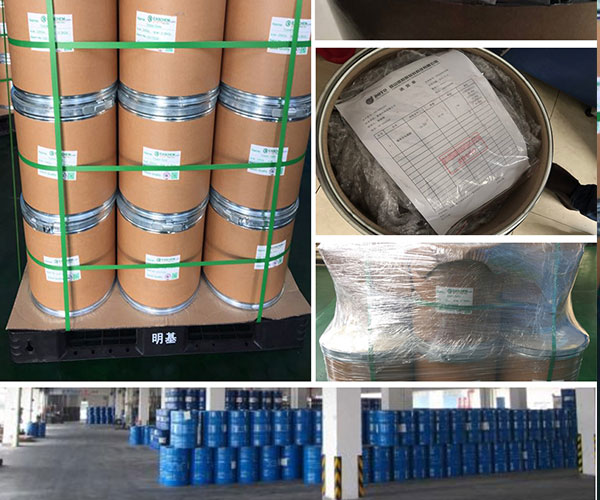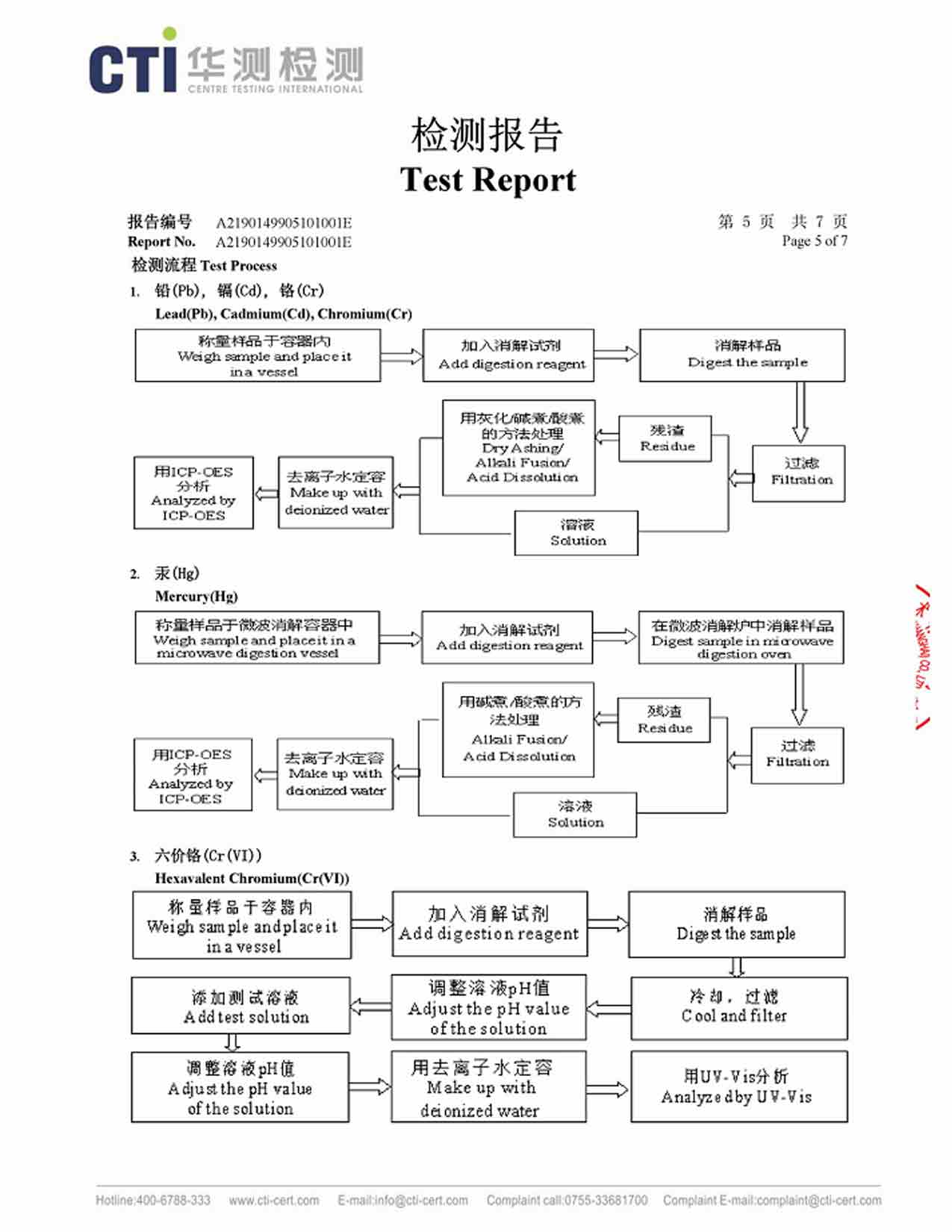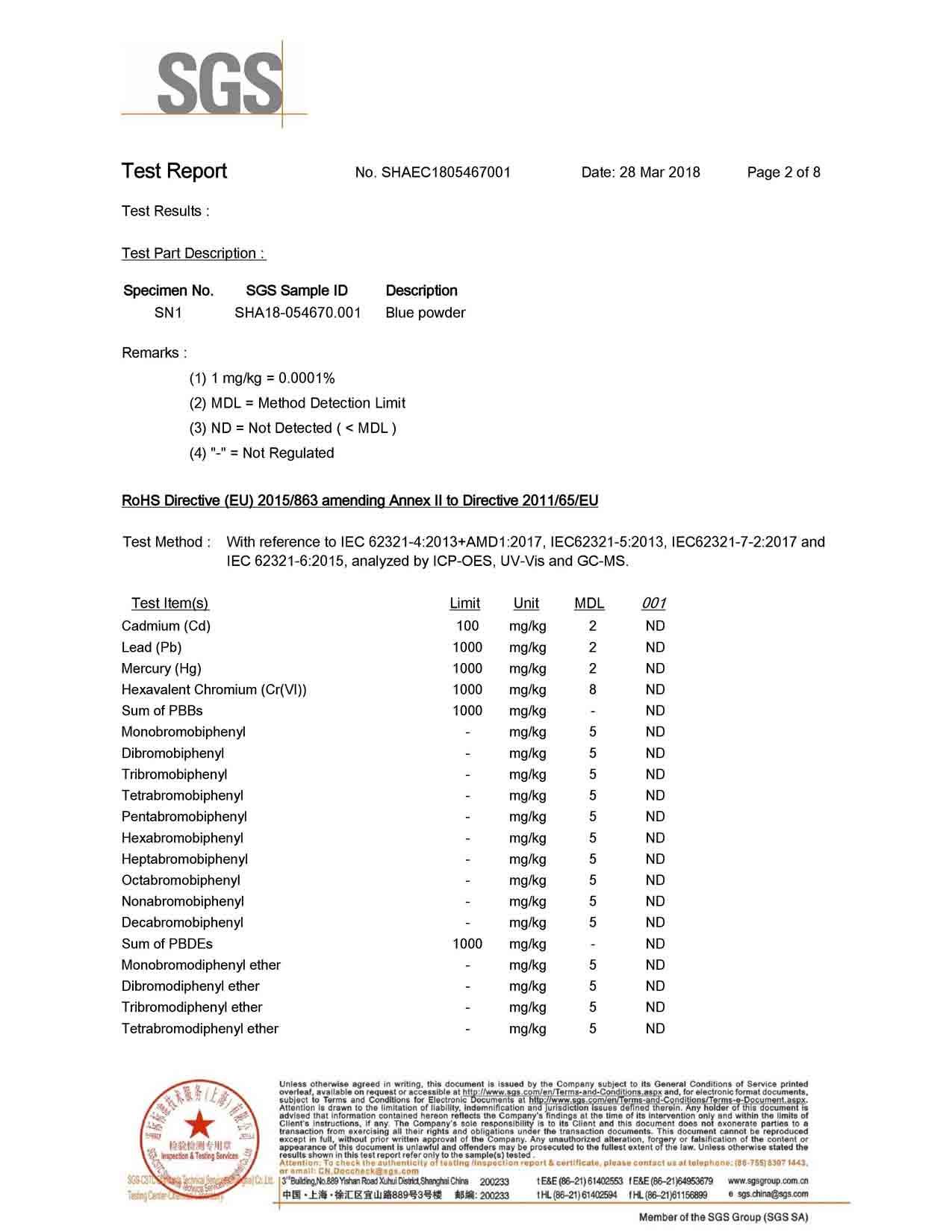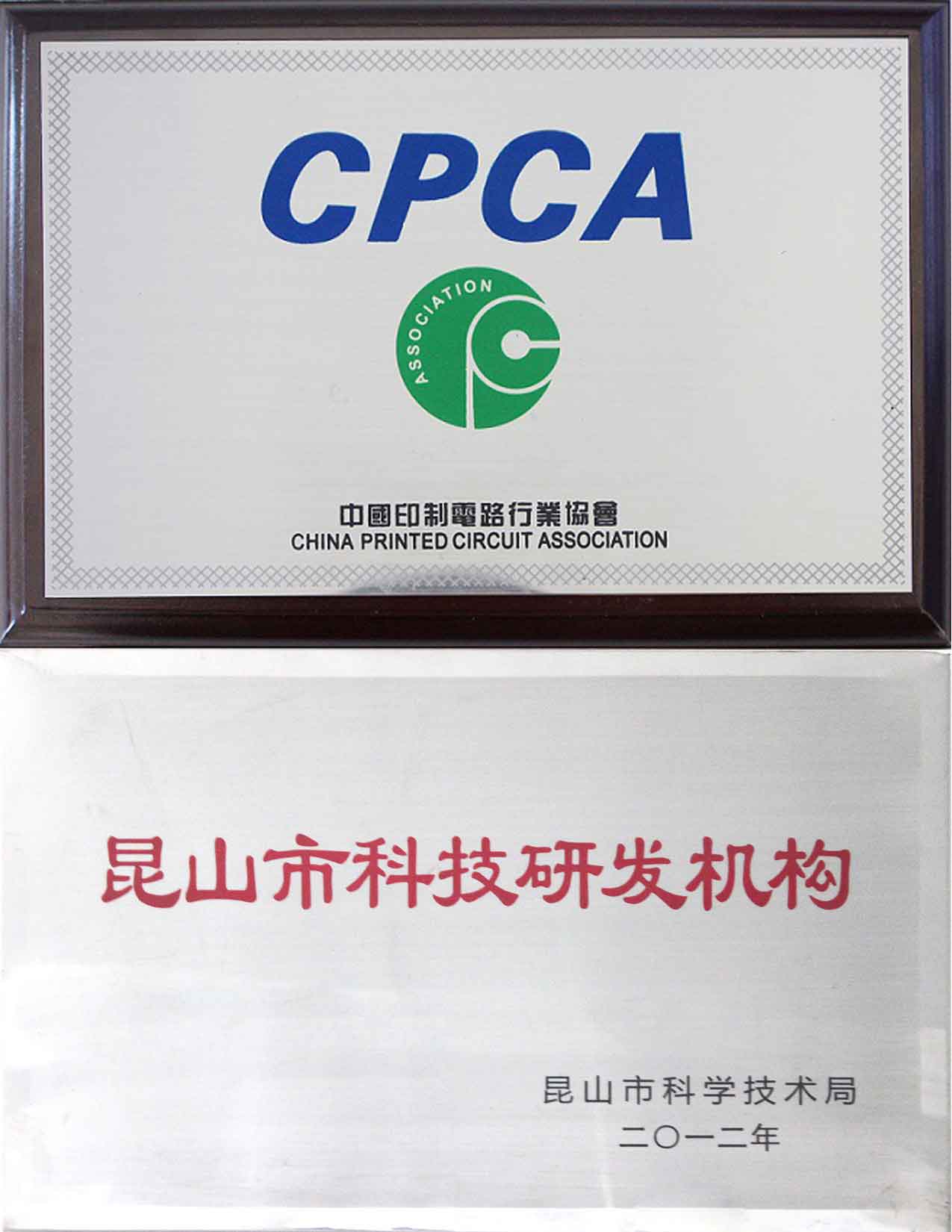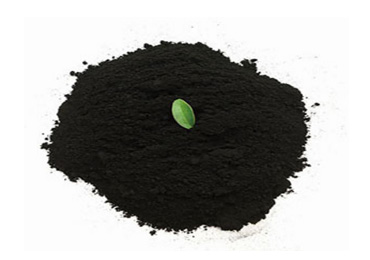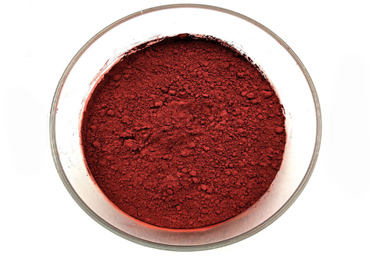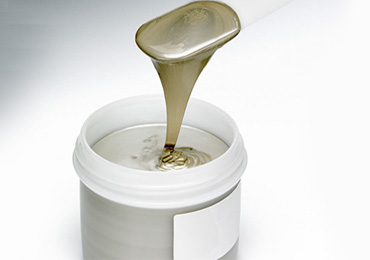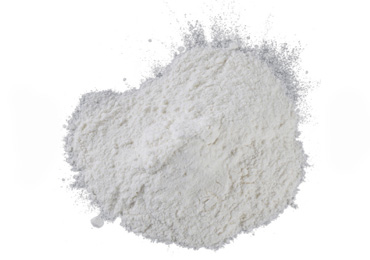Copper Nanopowder Manufacturer-China Yosoar
Chemical reduction method
The most commonly used method for preparing nano-copper powder is chemical reduction.
The generally used method now is to select a more suitable soluble copper salt precursor and an appropriate amount of reducing agent such as N2H4H2O, NaBH4 ascorbic acid, etc. to react in the liquid phase, Cu2+ reduction, nucleation and growth into nano-copper powder.
The preparation of nano-copper powder by the chemical reduction method has the following advantages. First, it is convenient to operate, easy to control, low in equipment requirements, relatively cheap raw materials, and can control the size and morphology of the particles.


Electrochemical method
Electrochemical method is also a method of preparing nano-copper powder, which refers to the process in which metal ions are reduced to courtyards at the cathode and then nucleate and grow to form nanostructures under an applied voltage.
The electrochemical method has the advantages of simple equipment, convenient operation, and easy control, can obtain high-purity nanoparticles, and reduce environmental pollution.
Polyol method
Using polyol as solvent and reducing agent, heating to a specified temperature, reducing the precursor of the metal salt to prepare nanoparticles is the polyol method.
The advantage of polyols is that they are simple and convenient to produce, which is conducive to the industrialization of the prepared materials.

Yosoar: Copper Nanopowder Manufacturer in China
- Manufacturing
- Certification
If we consider the term nanopowder, them as the name indicates it is basically referred to as the powder form of a metal that has a nano particle size. They generally have the nanometric dimensions. But the fact is that these are composed of pure metal elements or have a pure metallic composition. So these are basically called as the nanopowder.
Now if we talk about the term, then it is simply indicated by its name. It is the nanometric dimensional powder of copper metal. In other words, we can also say that it is the copper based metallic powder having nano sized particles.
If we take into consideration the basic formula of copper powder, then it is Cu. This Cu refers to the copper metal. As this nanopowder is of copper metal, therefore, it will only contain copper metal in it. Apart from this, this copper metal is present in the form of powder. The size of the particles of this powder is nano size.
Yes! We have highly advanced chemical labs at Kunshan Yosoar in which we manufacture copper nanopowder. We have high facilities and technical equipment along with chemical professionals who do the work in the best way. The product that we manufacture is absolutely pure. If we were to give it a numerical value, then we would indeed say that the product that we manufacture at Kunshan Yosoar is 99.9% pure. This copper powder manufactured in our labs is absolutely free from impurities.
We are indeed very much sure about our product. That we produce and manufacture in our labs is pure. We are so much sure about our product because we perform various kinds of tests in order to check for the composition of the powder and then we verify it that whether the copper powder is pure or not.
We definitely have got a technical team that consists of highly professionals members and experts in this regard. Their duty is to verify every batch that is produced in our labs. They perform different experiments and check or verify the copper powder produced. If the product has impurities in it, they reject it. Therefore, this screening process makes sure that the copper nanopowder that rraches to our customers is absolutely pure and free from impurities.
Generally, this copper powder as the name indicates is in the form of ultra fine powder. The particles size is indeed nanometric. Now if we talk about the molecular weight and formula of this copper powder, then it basically has a molecular formula of Cu whereas the molecular weight of this is about 63.546 g/mol. So, this is the molecular formula of the copper powder.
As already discussed that this is present in the form of ultra fine powder and the size of the particles of this powder is indeed very fine. Its particles size is in nanometric values. As far as the color of this is concerned, then this has a reddish to dark brown color.
Basically the color of this is red or dark brown. This is the original color of copper powder. However some companies also provide the copper nanopowder having black color. Yes! It is possible for copper powder to exist in black color but the main reason behind this color is that if the copper powder that you are being provided has not gone through oxidation, then the color of this nanopowder will be red. But if the undergoes the oxidation process, then it will change its color from red to black. So most of the companies that provide black colored have the powder that has undergone oxidation process. Whereas we provide our customers with the best quality and pure non oxidized.
Some of the physical characteristics and properties of this copper nanopowder are that this is basically insoluble in water. If the this is present in it’s pure form, then it would be insoluble in water but still, it can be soluble in some acid such as the hydrochloric acid and ammonia as well. Now, if we talk about the physical appearance of this nanopowder of copper, then as it’s name suggests that it has a powdery appearance and the powder size is very fine. Similarly, this has a dark brown or red color and this is when the copper powder has not undergone oxidation.
If we talk about the chemical properties of this , then these would mainly include the melting and boiling points of copper powder along with it’s molecular formula and weight. Firstly, if we consider the boiling point of copper powder, then it is approximately 2562°C, whereas the melting point of this is approximately equal to 1084.6°C. These are the numerical values of melting and boiling points that have been recorded experimentally. If we take a look at the g/mol value of the copper powder, then the molecular weight of this is 63.546 g/mol while the molecular formula is Cu. Density is also a chemical aspect or property of any compound and referring to the density of this, then it has a density of about 8.96 g/cm³. So these were some of the chemical characteristics of copper powder.
It is mostly advised that the this should be avoided from a direct contact with the atmosphere or air. Mostly, this copper nanopowder is stored is such a way that firstly it is sealed under vacuum. As this is sealed under vacuum, then there are definitely not going to be any chances regarding the direct contact of their nanopowder with air. As already discussed that this has a red or dark brown color. When the powder is present in air, then due to some reactions, the color of the changes and turns into black colored powder. The reason behind this color shift is that when the copper powder is delayed and present in vacuum, then no oxidation could take place and the powder had its original red color but when this is present in air, then an oxidation reaction takes place and as a result to this chemical reaction, the color of the changes from being red to black.
Therefore because of the oxidation reaction that would take place, it is advised that the copper powder should be prevented from a direct contact with air and it should be kept in sealed up vacuum conditions.
Indeed if we talk about these particles, then these are highly reactive. They have a comparatively high reaction rates and apart from this, these particles are also highly flammable. Because of these properties of these particles, it is advised that the copper powder should be handles with extreme care and should be prevented from much vibrations. Ultimately we can say that this copper powder needs to handled in an extremely careful way.
This is indeed a very important question related to the storage conditions of the copper powder. As far as the storage conditions are concerned, the copper powder should be kept away from direct sunlight. Further, this nanopowder should also be kept away from moisture and air because it may cause a reaction when it comes in contact with atmosphere. Therefore, we can say that this copper powder should be kept in some suitable conditions such as it should be present in sealed vacuum condition so that it’s reactivity could be minimized and reduced to as much as possible. This should be kept in a cool and dry place with suitable environmental conditions so that it doesn’t cause any reaction. This specific copper powder is reactive and inflammable as well.
Indeed the fungicides are most effective in this regard. I would rather say that these are extremely effective in fighting against the agricultural pathogens. The main reason behind this is the antimicrobial properties of the nanopowder of copper. This copper nanopowder is an effective and efficient antimicrobial agent and it can be effectively used to fight the agricultural pathogens.
You can definitely make use of the copper nanopowder in the general production of ceramics. This is in such a way that you can use this copper powder as an additive in the sintering process. When this cooper nanopowder is utilized in such a way, then it basically helps in lowering the overall temperature of sintering and it ultimately helps and benefits in the general production of the ceramic. In an exactly similar way, you can make use of the same technique in the production of diamond tools as well. Therefore, the nanopowder of copper has definitely got wide range of applications.
Copper powder has indeed wide applications even in the industry of lubricants. This is basically added into the lubricants as an additive. The main reason behind this addition of copper powder is that this generally becomes dispersed into the lubricants medium and as a result, it ultimately benefits in reducing the overall surface friction. Apart from this another benefit of using this copper powder in the lubricants is that this generally repairs the damage and the defects that are caused on the friction surface. So, overall it is beneficial for the friction surfaces in every aspect.
Yes! Indeed this has vast applications and its usage is only limited towards being used in the field of being a catalyst or either medical filed. Rather this nanopowder has majority of other applications and usages as well. For instance, this has applications in the production of high strength materials including various metals and respective alloys. Further, the manufacturers of conductive ink and pastes also use this. This conductive ink is basically used in various electronics and it makes use of the copper nanopowder. Similarly industries that manufacture capacitors and also those industries that are involved in the sintering if additives also make use of this vastly. Another important application of this is in the industry of lubricant manufacturers. It is an important component of the lubricant additives.
So, these were some of the other uses of copper nanopowder.
One of the most important and indeed the most fundamental application of the copper powder is its use in the catalytic field. These nanopowders are amazing catalysts and their action rate is also very high. This great catalytic activity of these nanopowders make them a useful substance in various chemical fields. Further, these activities of copper powder enable them to be used in various kinds of electrochemical sensors as well. As already discussed that these coper nanopowder also have the antimicrobial properties and this enables them to be used in medical field as well. Because of these properties, they have wide applications in the medical and antibacterial fields. So these are some of the properties of copper powder.
If we take into consideration the characteristics and properties of the copper nanopowder, then it has indeed got some amazing features and characteristics when we compare it to the normal and typical copper powder manufactured. The copper powder has amazing catalytic activity as well as antibacterial or antifungal properties. These catalytic as well as the antibacterial properties are very much different from those of normal copper powder. The copper powder has excellent catalytic activity. In terms of boosting the overall speed of the chemical reactions, these nanopowders are amazing. The main reason behind this much increase in the reactivity of the copper powder is the surface area that these particles have. Further, another most important property of these nanopowders of copper is that these particles have amazing antibacterial or antimicrobial properties. Again the reason is behind their small size and ability to make interactions with the relatively small microbial cell membranes. These actions of the nanopowder of copper make it impossible for the microbial cells to survive and ultimately lead to the death of these cells.
Yes indeed the chemical methods that we discussed earlier do have an impact of the environment when these are produced on a large scale because of the excessive amounts of waste materials that are produced as a result. There also exists a method that can be used in order to produce copper nanopowder that would not cause any harm to the environment. This method basic involves the reduction of copper chloride using the L-ascorbic acid. In this method, the reduction of copper chloride takes place and this reaction takes place in an aqueous solution that is actually heated. So these were the overall conditions and requirements of this chemical reaction that would ultimately produce the copper nanopowder particles as a product.
Apart from the earlier stated chemical reactions, this specific reaction is what I would say environment friendly because it doesn’t have any impact on the environment. Indeed we can say that this specific reduction method of copper chloride used green chemistry.
There is also another method that could be used to produce an absolutely pure that would be of high quality as well. As already discussed that there are various methods by which the production of copper powder can take place. For this method, you firstly have to carry a reaction between the copper chloride with sodium citrate. This reaction is basically taken place in an aqueous medium or solution. An important aspect of this reaction is that the temperature condition for this reaction are similar to the room temperature environment, so basically we can say that this reaction takes place in normal room conditions. And apart from this, the aqueous solution should also contain in it sodium formaldehyde sulfoxylate. After this reaction in the above stated conditions and reactants, the result would be a high quality and absolutely pure copper powder having amazing nanosized particles. The copper powder that would be produced as a result to this would be absolutely pure and free from any kind of impurities.
If we consider the production of copper powder, then indeed there are various methods by which this production of copper powder can be done. For instance, we can also prepare copper nanopowder using an old method that basically involves the reduction of copper hydrazine carboxylate. If we talk about this method for the production of copper powder, then it simply involves the reduction of the copper hydrazine carboxylate and this reduction is done basically in an aqueous solution by heating it using the ultrasound and all of this is generally done in the presence of an atmosphere of argon. The result of this reduction process is copper oxide as well as particles.
If we consider a typical synthesis of copper nanopowder, then it can be produced by the following method. Firstly you have to dissolve copper chloride and sodium oleate. These compounds are dissolved into the mixture of ethanol and water. Then this solution is heated and as a result a complex is formed. This complex is called as the copper oleate complex. Afterwards, this complex is mixed with oleic acid as well as phenyl ether. Then again the resulting solution is heated and we observe a change in the color of the solution. This gradual change of color depicts that the copper nanopowder has been formed and ultimately the nanopowder of copper is collected from this solution by the process of centrifugation.
Therefore, this was one of the most typical method for the production of copper nanopowder that involves the use of copper chloride, sodium oleate, ethanol and water. Oleic acid and phenyl ether are also used in the production of these nanoparticles of copper powder.

